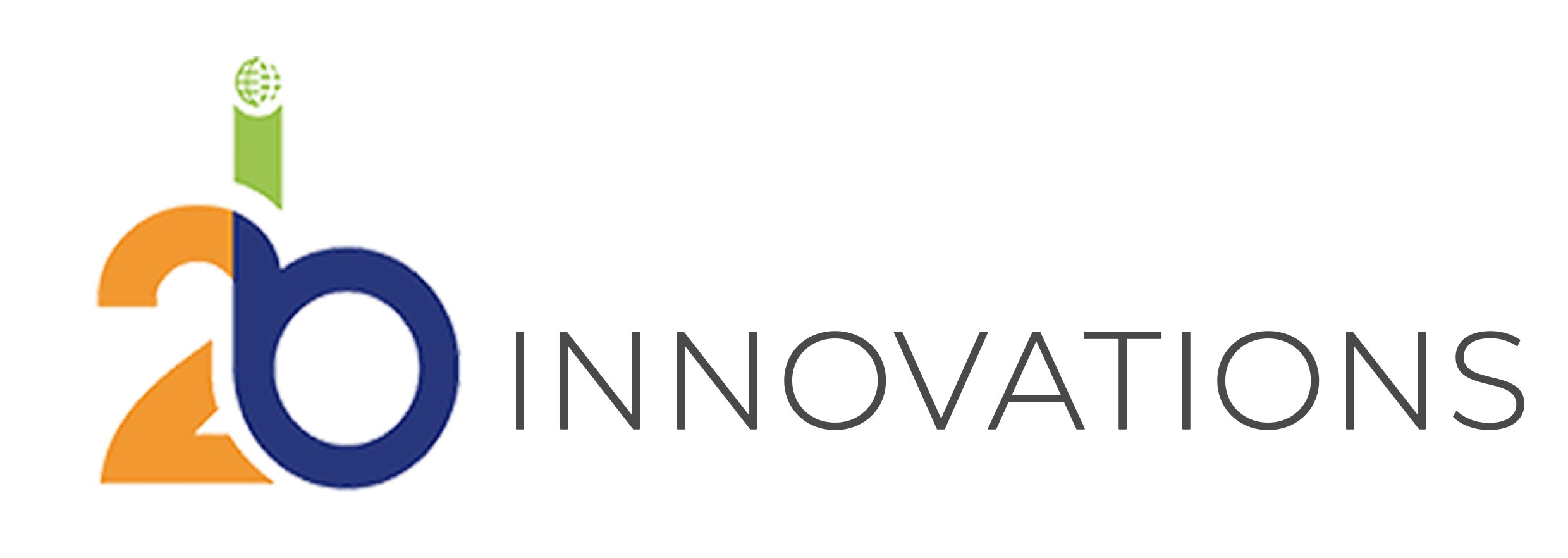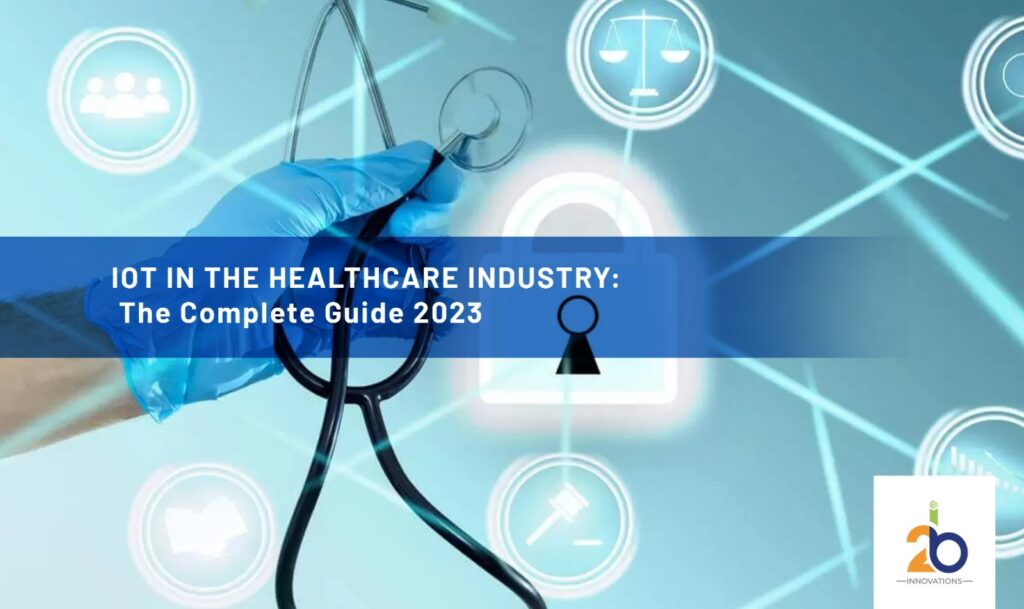
In today’s tech-driven world, where data moves effortlessly and transactions happen in a click, one big question pops up: How can businesses keep themselves safe from cyber threats?
The numbers are pretty shocking – cyberattacks went up by 67% in 2021, and ransomware attacks shot up by a whopping 485%.
Given all this, becoming a cybersecurity pro isn’t a choice anymore; it’s a must.
Take a read through this blog to discover some key strategies and ideas that can help businesses defend against non-stop cyber dangers. These insights ensure that operations keep going smoothly and precious data stays secure.
Cybersecurity: What Is It?
Cybersecurity is all about keeping computers, networks, software, and data safe from unauthorized access. It’s a crucial part of making sure information stays secure. This includes protecting both personal and business data, which is closely related to data protection.
The main goals of cybersecurity are to keep things private, make sure data is accurate, and ensure that information is available when needed. These goals are really important for both individuals and businesses focused on keeping their information safe.
Importance Of Cybersecurity In The Current Scenario
As technology advances and the world becomes increasingly interconnected, the risk of cyber threats and attacks has grown exponentially. Here’s why cybersecurity is of paramount importance:
Holistic Protection: Integrating security seamlessly into your business framework is essential for sustained growth and success.
Strategic Security: Incorporating security measures from the outset of your business ecosystem provides the strongest defense against evolving cyber threats.
Supply Chain Resilience: As cyber threats extend into supply chains, safeguarding these networks is vital, with a significant percentage of attacks originating outside the enterprise.
Prioritizing the Cloud: Given the prevalence of cloud technology, ensuring security within cloud infrastructure is crucial, enhancing both resilience and overall outcomes.
AI’s Rise and Risks: As AI drives growth, safeguarding against cyber threats targeting data, algorithms, and integrity becomes paramount.
Customized Resilience: Implementing a personalized cybersecurity strategy enables adaptability and scalability to effectively address various challenges.
Top Cybersecurity Threats Today
To effectively counter today’s cybersecurity threats, it’s essential to comprehend the evolving landscape. Understanding adversaries’ tactics helps fortify against attacks and ensure cyber resilience.
Ransomware Surge: Ransomware, on the rise due to pandemic-induced remote work and IoT interconnections, now targets specific companies for maximum impact, exploiting vulnerabilities in insecure technologies.
IT/OT Convergence: Merging IT and OT boosts efficiency but widens attack surfaces, exposing new infiltration paths for cyber attackers.
Siloed Business Units: The merging of IT and OT demands unified security strategies, as fragmented teams hinder effective cybersecurity implementation.
Resource Constraints: Limited resources, from understaffed teams to inadequate funding, expose organizations to heightened vulnerability across the interconnected landscape.
OT-Specific Challenges: Distinct architectures and legacy devices in OT systems necessitate specialized security approaches, as conventional IT tools risk disruption.
Geopolitical Threats: State-backed attacks escalate, targeting intellectual property and infrastructure, underlining the need for continuous risk assessment and mitigation.
Regulatory Complexities: Navigating intricate compliance regulations like NIS2 poses difficulties, exacerbated by constrained resources and the dynamic nature of laws.
Some Cyberthreats In the Healthcare Sector,
Ransomware Attack at Düsseldorf University Hospital
A significant instance illustrating the impact of cyber threats on the healthcare sector involves the ransomware attack targeting Düsseldorf University Hospital. This attack serves as a stark reminder of the potential consequences that can arise from vulnerabilities in healthcare networks.
Introduction through a Vulnerable Citrix Application
The ransomware infiltrated the hospital’s network via a well-known vulnerability in a Citrix application, even though the hospital claimed to have patched this vulnerability. Despite their efforts, the ransomware managed to compromise 30 servers, leading to disruptive consequences.
Disruption of Critical Healthcare Services
The attack resulted in a distressing situation where planned treatments, outpatient care, and emergency services had to be halted. Patients in need of immediate medical attention were redirected to alternative hospitals, causing severe delays in care. Tragically, one patient’s life was lost due to the diversion of an ambulance to a hospital farther away.
Primary Cybersecurity Menace in Healthcare: Phishing
Phishing reigns as the predominant cybersecurity peril within healthcare. It involves embedding harmful links in deceptively benign emails. Email phishing stands as the most prevalent form. These deceptive messages often exploit well-known medical issues to coax recipients into clicking links.
Consider this instance of a phishing email masquerading as communication from the World Health Organization.
Clicking a link in a fraudulent email directs users to a fake webpage resembling a familiar internal software login screen. Submitting credentials grants cybercriminals immediate entry to healthcare systems.
Ensuring Patient Safety and Device Protection
The incident at Düsseldorf University Hospital serves as a poignant reminder of the necessity for comprehensive healthcare cybersecurity. Implementing effective cybersecurity measures becomes imperative not only to safeguard critical infrastructure but also to protect patient well-being and the integrity of medical devices.
Healthcare’s Disproportionate Data Breach Challenge
In the healthcare sector, data breaches occur at a notably higher rate compared to other industries. In 2020, an average of 1.76 data breaches took place daily within healthcare.
Stringent guidelines like HIPAA aim to safeguard health records, but enforcing its security measures often poses difficulties for healthcare entities. Despite efforts, cyber attackers exploit these gaps, jeopardizing patient data security even under frameworks like HIPAA.
Explore the efficacy of robust healthcare attack surface management tools, which not only identify vulnerabilities but also enhance existing security endeavors, extending value from allocated budgets.
Best Practices To Tackle Cyber Threats
Presenting our concise guide to contemporary cybersecurity principles and effective practices for safeguarding your organization against cyber threats in 2023:
Establish a Strong Cybersecurity Policy
Craft a comprehensive cybersecurity policy to systematically enhance your company’s digital defense. This policy fosters unity among security experts and staff by outlining essential, organization-wide information security procedures.
Opt for a tiered approach with a central policy supplemented by department-specific ones. This tailored approach accommodates distinct department requirements, heightening policy impact while minimizing operational interruptions.
Securing Network Boundaries and IoT Connections
Modern organizational perimeters have expanded beyond conventional firewalls and DMZs due to the influence of remote work, cloud environments, and IoT devices.
The IoT market, predicted to grow to approximately $567 billion by 2027 from its 2021 value of about $384 billion, highlights the significance of this trend.
Internet-connected devices, including security cameras, smart door locks, and office equipment, introduce potential vulnerabilities. For instance, a compromised printer could grant unauthorized access to sensitive documents.
Strengthening your perimeter involves safeguarding border routers, establishing controlled subnets, and segregating sensitive data from the primary network. Employing a zero-trust approach alongside traditional security measures like firewalls and VPNs ensures continuous validation of users and devices, a concept rooted in “never trust, always verify” to thwart unauthorized access.
Effective Password Management
Employee credentials serve as direct gateways for cybercriminals to access sensitive data and valuable business information. Tactics like brute force attacks and social engineering can compromise these credentials discreetly.
Many organizations rely on dedicated password management tools to thwart such threats. These solutions empower you to control employee credentials, mitigating the risk of unauthorized account access.
Prioritize password management tools offering passwordless authentication, one-time passwords, and robust encryption. If entrusting employees with their password management, consider reinforcing your cybersecurity policy with these recommendations:
Employ distinct passwords for each account.
Maintain separate accounts for personal and business use.
Craft lengthy passwords incorporating symbols, numbers, and capitals.
Leverage memory aids like mnemonics for lengthy passwords.
Utilize password managers and generators.
Never share credentials with colleagues.
Rotate passwords at least every three months.
Elevate Your Data Security and Handling
The manner in which you oversee your business data significantly impacts both your organization’s confidentiality and security. Commence by drafting a comprehensive data management policy, outlining the processes of data collection, processing, storage, authorized access, storage locations, and deletion timelines.
Equally imperative is the creation of a data protection policy to define your safeguarding strategies. Align these measures with the core tenets of information security:
Confidentiality: Prevent unauthorized access to information.
Integrity: Ensure data remains unaltered throughout its lifecycle.
Availability: Guarantee authorized users have continual access to necessary data.
Final Takeaway
n the face of evolving threats, cybersecurity becomes a non-negotiable commitment. By adopting advanced strategies and safeguarding data, devices, and knowledge, we shield our businesses from ceaseless cyber risks. This proactive approach not only ensures our success but also safeguards the invaluable data we manage.



